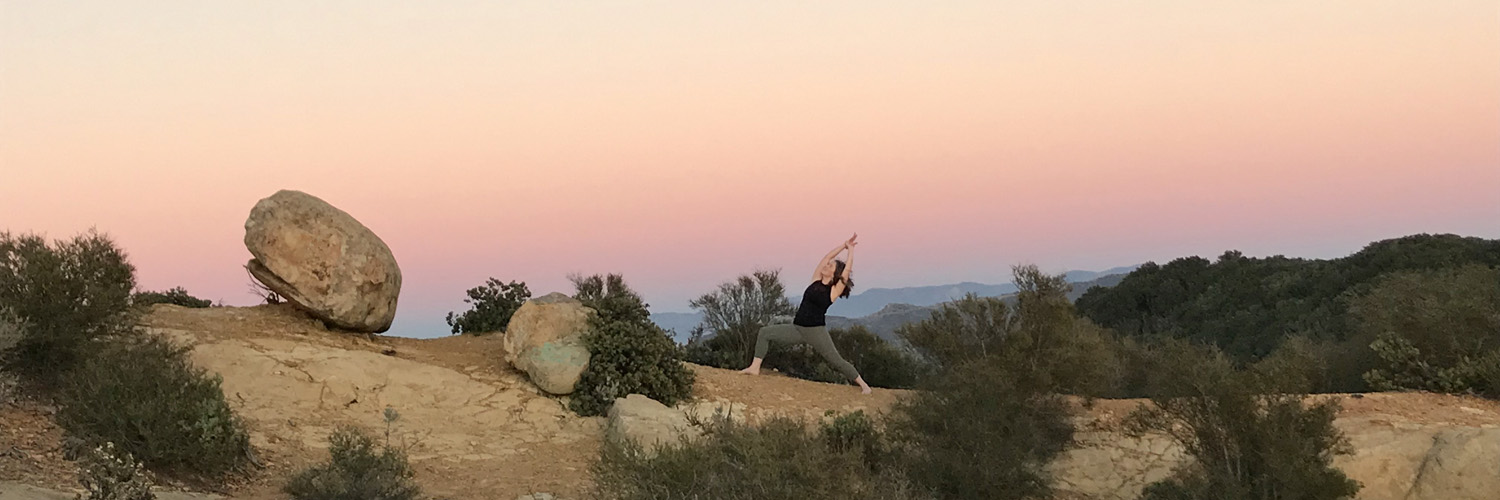An Introduction to Chakras
Chakras are swirling energy wheels observed throughout the body. They are commonly associated with different mental, emotional, and physical traits originating from eastern spiritual traditions. The seven main chakras have been adopted by western culture as a pathway to connecting with your spiritual self by cultivating awareness to these concentrated energy centers.
The origin of the chakras
The idea of chakras was first developed in ancient India thousands of years ago, the earliest evidence of chakras can be found in the Vedas. The Vedas are an ancient religious text written in Sanskrit (the written language of ancient India), they are the oldest known scriptures of Hinduism and the oldest known written Sanskrit dating back to 1500-500 BCE. Evidence of chakra philosophies are found in the Upanishads (part of the Vedas) and helped to shape the spirituality of Hinduism, Buddhism and other ancient eastern religions.
The Upanishads are centered around two main spiritual forces, Brahman (ultimate reality) and Attman (soul self). Brahman exists outside of time and space and creates everything in every universe. Attman is the life force within every living being, the essence of an individual.
Attman energy (often called prana) flows through the human body along specific lines of energy called Nadis. These energy lines cross one another at certain points in the body forming wheels of energy called Chakras. “Chakra” in Sanskrit literally translates to “wheel” or “disc”, these spinning wheels of concentrated energy are where matter and consciousness meet.
Chakra locations
Chakras are found at specific locations in the body. The number and location vary from philosophy to philosophy, some mystics suggest there are over 100 chakras in the body. Common western philosophies acknowledge seven main chakras that are located along the spine. These seven chakras are: the root chakra, the sacral chakra, the solar plexus chakra, the heart chakra, the throat chakra, the third eye chakra, and the crown chakra. Each of these chakras contains bundles of nerves and major organs as well as emotional, spiritual and psychological centers.
The contemporary western view of the seven chakras associates them with the seven colors of the rainbow. A healthy chakra is bright, vibrant and clear in color whereas an unhealthy or blocked chakra will appear to be more dim, muddy, and muted.
The seven main chakras stretch from the base of the spine to the crown of the head as follows:
The Root Chakra, Muladhara, is located at the base of the spine and is commonly seen as red. This chakra is focused on stability, security, and survival. When this chakra is open we feel safe and fearless.
The Sacral Chakra, Svadhisthana, is located in the lower abdomen above the pubic bone, and commonly appears orange. This chakra is our creativity and sexual center. This chakra brings vitality and joy through various forms of pleasure.
The Solar Plexus Chakra, Manipura, is located above the belly button and appears as yellow. This chakra is our source of personal power, assertiveness, confidence, and willpower. The solar plexus chakra empowers the rest of your body and helps you feel self-assured and independent.
The Heart Chakra, Anahata, is located in the center of the chest and is commonly seen as green. This chakra is a source of love and connection and rules our relationships, unity, and balance. The heart chakra governs friendships, romance, and spiritual connections.
The Throat Chakra, Vishuddha, is located at the base of the throat and appears blue. This chakra gives us the ability to speak our truth, it is associated with communication, self-expression, and speech. A healthy throat chakra helps us express our views, let things go, and live in the moment.
The Third Eye Chakra, Ajna, is located on the forehead just above the space between the eyes and is commonly seen as indigo. This chakra governs spiritual awakening and intuition.
The Crown Chakra, Sahasrara, is located at the top of the head and its color is violet. This chakra represents enlightenment, pure awareness, and spiritual connection. The crown chakra ultimately connects us with the divine spirit.
When all seven of your main chakras are in balance you will feel healthy spiritually, emotionally, mentally, and physically. All is great and as it should be in the world, you’ll feel wonderful and like you can handle anything that is thrown your way.
However, it is common for one or more of your chakras to become temporarily blocked. If one chakra is blocked it is quite likely your other chakras will become out of alignment to compensate for this imbalance. The best way to identify which chakra(s) are out of balance is by bringing awareness to each one of them. Once you begin to cultivate awareness in your chakras you will be able to identify the root of the issue and begin the healing process.
If you enjoyed this article, check out our intro to mudras blog post. You’ll discover here, how hand mudras can influence the chakras! And for a bit deeper understanding of the chakras check out this chakra blog post written by Abigail Cox.
You can also learn more about the chakras by joining the Ambuja Yoga Newsletter, where you will receive our downloadable chakra guide and receive updates about upcoming retreats where you can learn more about the chakras on an experiential level. Enter your email in the sidebar… easy peasy!

 Ambuja Yoga
Ambuja Yoga 



